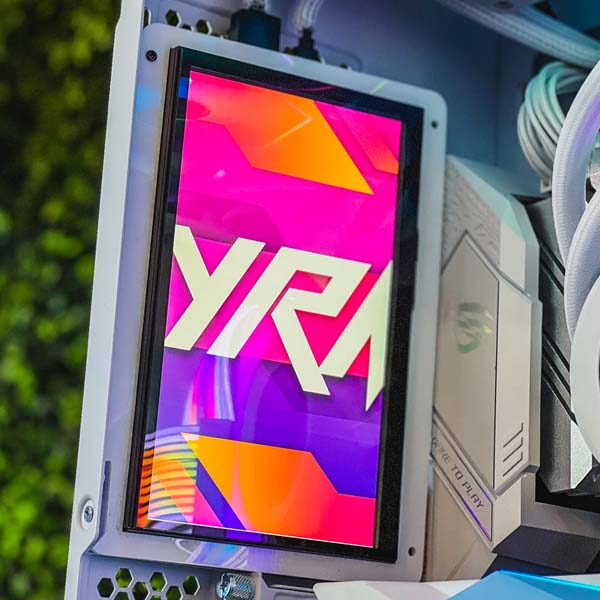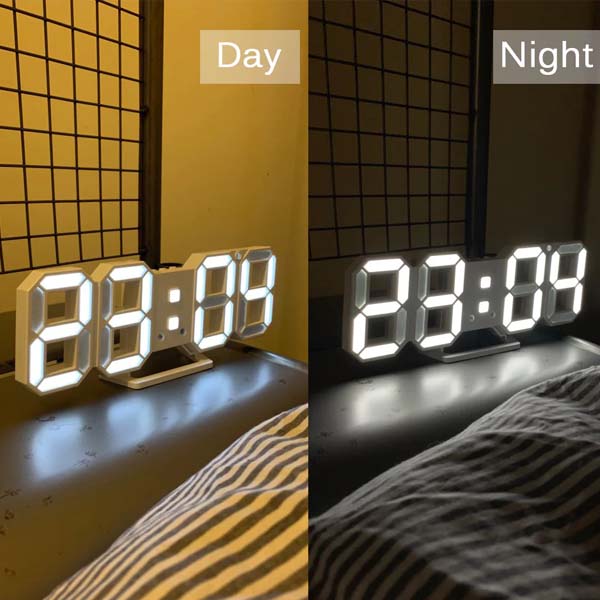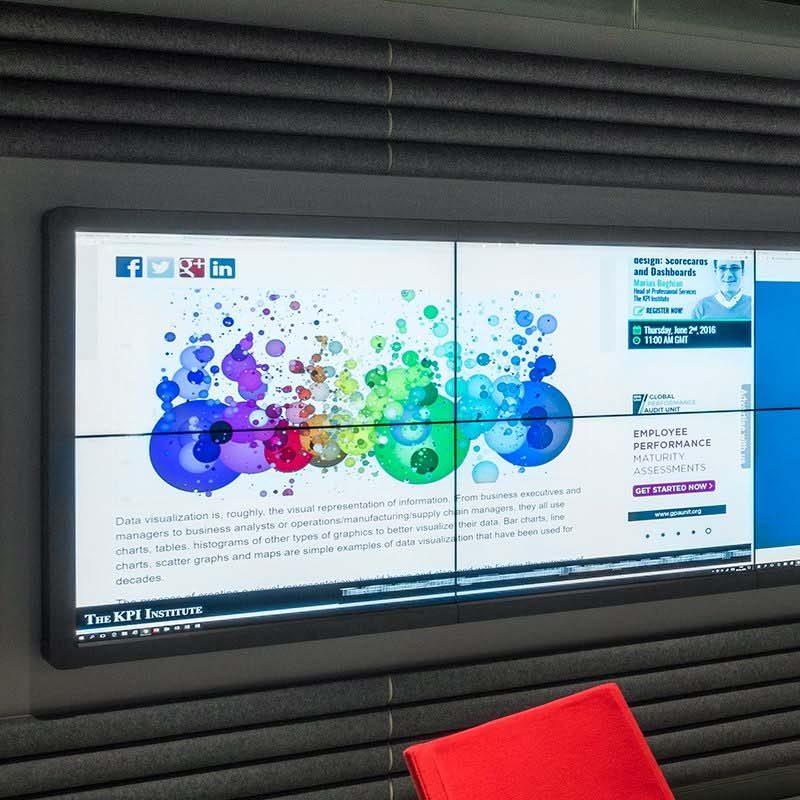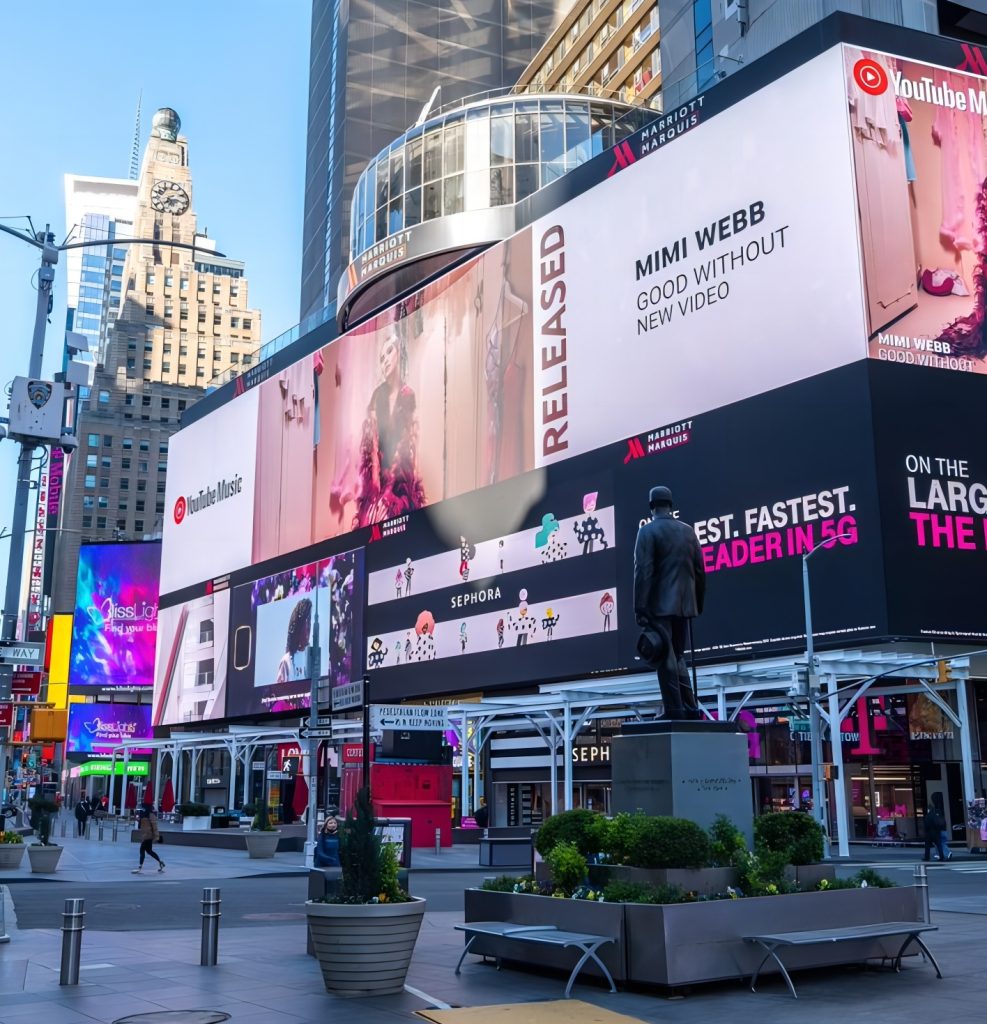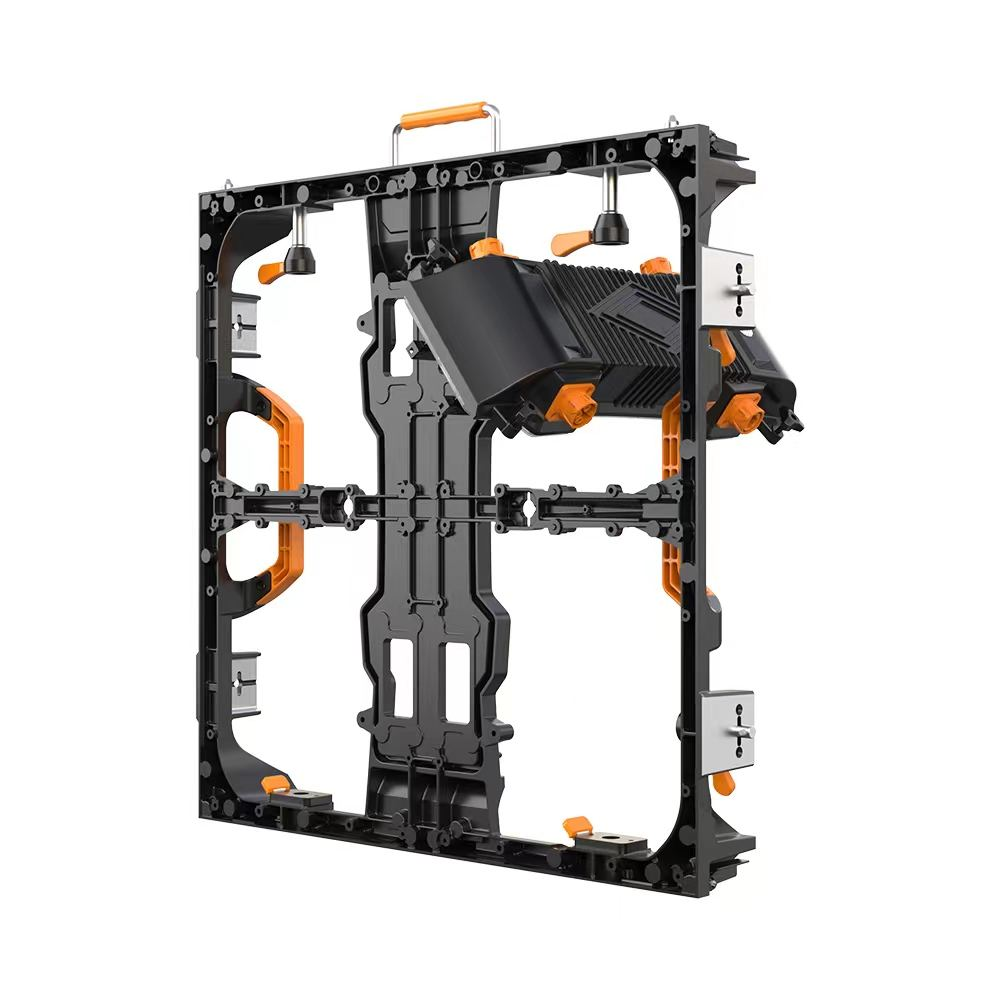LED smart screens are a cornerstone of modern visual display technology, widely used in diverse fields such as advertising, live events, urban infrastructure, and traffic systems. This article provides a deep dive into the essential aspects of LED smart screens, including their definition, features, types, applications, and particularly focuses on maintenance strategies.
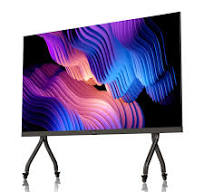
What is an LED Smart Screen?
An LED smart screen is a digital display made up of light-emitting diodes (LEDs). These screens combine red, green, and blue LEDs to create vibrant images and text displays. Known for their robustness and versatility, LED screens are preferred for both indoor and outdoor settings due to their high brightness and energy efficiency.
Key Features of LED Smart Screens
LED smart screens stand out due to several distinctive features:
- Exceptional Brightness: They shine brightly, making them easy to see, even under direct sunlight.
- Energy Saving: LEDs consume less power, which means they can help save on electricity bills.
- Durability: They last a long time, often running for tens of thousands of hours before needing replacement.
- Customizable Shapes: LED screens can be designed in various shapes and sizes to fit specific needs.
- Real-Time Updates: They can change display content quickly and remotely, ideal for timely information sharing and advertising.
Types of LED Smart Screens
LED smart screens vary mainly in their use and configuration:
- Indoor Screens: These have finer pixels for detailed images, suitable for closer viewing distances inside buildings.
- Outdoor Screens: Made tougher to endure weather, these have high brightness levels for clear daytime visibility.
- Flexible Screens: These can bend to fit curved surfaces, allowing for creative installations.
- Transparent Screens: Semi-transparent, these are perfect for integrating into glass surfaces without blocking light.
Applications of LED Smart Screens
LED smart screens are versatile tools used across various sectors:
- Advertising: They grab attention with dynamic, colorful displays in malls and on roadside billboards.
- Public Information: Useful in airports and stations for showing timely travel information.
- Entertainment: Enhance live shows and events with large, vivid screens.
- Building Aesthetics: Incorporated into architecture for both functional and decorative lighting.
- Traffic Guidance: Provide updates and alerts to drivers on major roads and intersections.
Maintenance Tips for LED Smart Screens
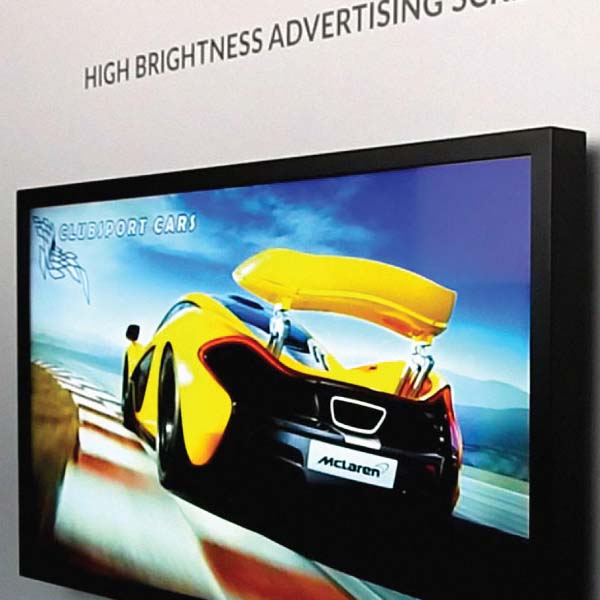
Proper maintenance is key to maximizing the lifespan and performance of LED smart screens:
- Keep it Clean: Regularly clean the screen surface to avoid dust buildup, which can affect image clarity and lead to overheating.
- Update Frequently: Keep the screen’s software up-to-date to ensure stability and access to new features.
- Inspect Regularly: Check electrical components and connections periodically to prevent failures from wear or environmental effects.
- Protect from Elements: Especially for outdoor screens, ensure they are well-sealed against moisture and dirt.
By understanding and implementing these aspects, users can effectively manage and utilize LED smart screens, ensuring they perform well for years to come. Simple, straightforward maintenance can drastically extend the life of these advanced digital displays, making them a reliable choice for any application.

